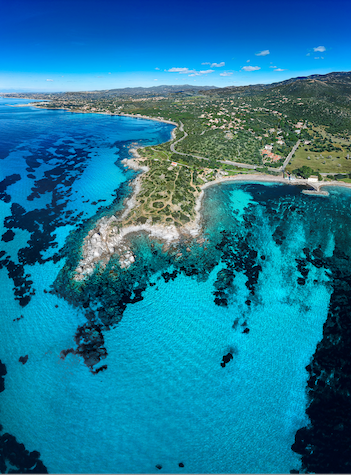Speaker
Description
Early measurements on monolithic pixel sensor prototypes in the TPSCo 65nm technology indicate a different response and radiation tolerance (up to $5\times10^{15}~1\text{MeV}~\text{n}_{\text{eq}}/\text{cm}^2$) for different sensor layout and process variants, illustrating the importance of layout and process in the path towards increased sensor radiation tolerance. Using these measurement results, TCAD simulations provide more insight to link the macroscopic behaviour of specific sensor variants to the details of its structure. With this insight we can propose a new variant combining the advantages of several measured variants as a path to even better radiation tolerance for the next iteration.
Summary (500 words)
Monolithic Active Pixel Sensors (MAPS) offer several advantages for particle physics experiments. Their good spatial resolution, often below 5 μm, combined with a low material budget (down to 0.05%X0/layer in recent developments), makes them good candidates for vertex detectors, where they are located close to the interaction point (<2cm for the innermost layer of the next version of the ALICE inner tracking system, ITS3). While in the short-term development targeting ALICE ITS3 the pixel detector must only sustain a Non-Ionizing Energy Loss (NIEL) fluence of less than 1e13 1MeVneqcm-2, the environment for vertex detectors in other applications is often much more aggressive, requiring radiation tolerance up to or beyond 1e16 1MeVneqcm-2.
The evaluation of the TPSCo 65nm technology in the framework of the CERN Experimental Physics Research & Development program and in collaboration with the ALICE ITS3 project led to the production of sensor test structures in different processes and sensor layout variants and their irradiation up to 1e16 1MeVneqcm-2. In this context, the Analog Pixel Test Structure (APTS), a monolithic sensor prototype containing 4×4 pixels featuring analogue output, aims at characterising the signal charge collection properties of the sensor. Early measurements with a Fe-55 source on these APTS chips indicate that the sensor signal and its evolution with NIEL fluence are highly dependent on the process and layout variant. In addition, the results suggest – still to be confirmed with detection efficiency evaluation in test beam – that some sensor variants remain functional even after 5e15 1MeVneqcm-2. This observation again illustrates the relevance of such process modifications and specific designs for the sensor radiation tolerance.
We would like to capitalize on these results to introduce a new variant combining the advantages of different measured variants as a path towards further increased tolerance to NIEL damage combined with low sensor capacitance. In this effort, technological computer-aided design (TCAD) is a useful tool to provide a greater understanding of observed measurements. It indeed provides a fully self-consistent transient simulation of electric field and carrier concentrations inside the sensor and hence the details of the charge collection.
Benchmarking the tool with existing and measured structures is an initial step which then allows the sensor optimisation with simulation prior to committing to a new cycle of design, manufacture, irradiation and test of the complete sensor. The new sensor variant introduced here remains close to the already fabricated and tested ones, in order to mitigate uncertainties on the radiation damage models and limit the deviations between simulations and experimental results.
Measurement results from the APTS will be presented and interpreted with the help of simulations. For the new proposed variant, only simulation results will be available for the conference: the main outcome of this work so far is the knowledge and insight extracted from the existing measurements using TCAD and the way this knowledge is used to propose a further optimisation. In fact, this presentation focusses mainly on the principle of iterative improvements of MAPS and the potential of TCAD simulations to optimise it.
